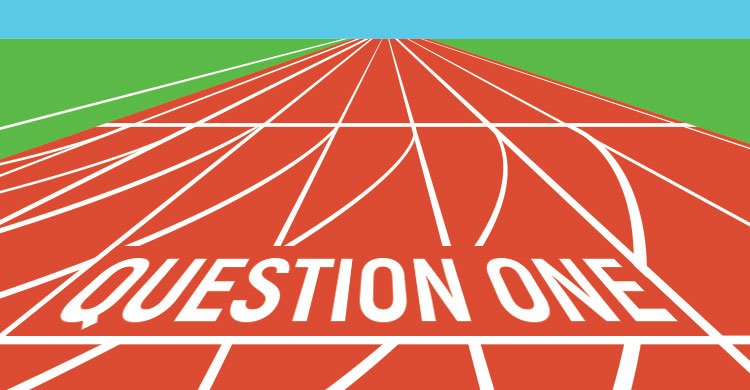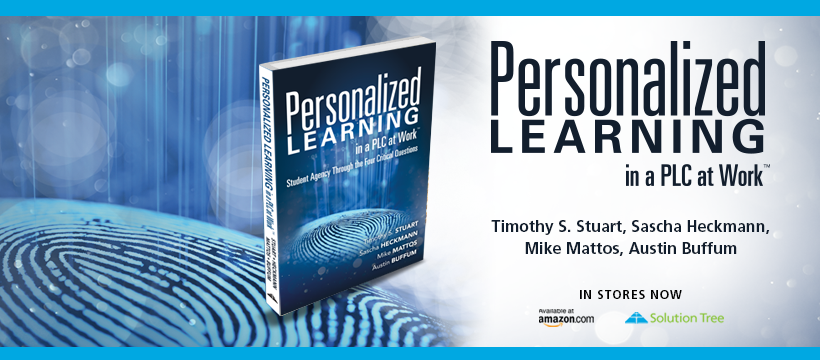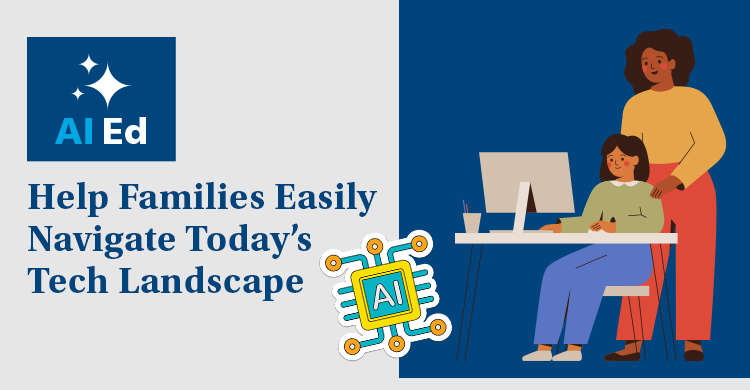Based on Personalized Learning in a PLC at Work™
Every learning journey has many possible starting points. The journey to becoming a learning-progressive school begins with Question One. Taken from the professional learning community (PLC) framework, that question, of course, is: What do we want our students to know, understand, and be able to do? Our answer to that question not only determines what we want students to know but also determines what kind of learning experiences we need to create for our students.
For decades, the goal of schools was to enlighten students with the core disciplinary knowledge required to succeed in postsecondary education, and for many, the workforce. In the industrial era, the answer to Question One was knowledge. As a result, a traditional teacher-led model of instruction was created. Teacher transmitted, and students received.
For many schools today, the goal has remained virtually the same. Schools are under tremendous accountability pressure, and standardized tests value knowledge, resulting in a continued focus on teacher-directed and teacher-owned instructional methods. If your school’s goal is to transmit knowledge, then the research suggests—and we agree—that a traditional approach to professional learning communities is more than sufficient. In fact, it’s ideal.
However, if your aim is to prepare students for their future, not our past, then the answer to Question One must be the essential skills and dispositions students need to become independent, lifelong learners—or as we like to call them, transdisciplinary skills, such as communication, collaboration, critical thinking, creative problem solving, and other well-documented 21st-century skills. If this is your answer, then a teacher-led approach to instruction is no longer enough. We must begin to transfer agency to our students, release ownership of the learning process, and bring them into the PLC process. As we move down the learning-progressive continuum and our answer to Question One involves deeper levels of learning, we must move to a co-constructed approach to instruction, an approach where both teachers and students are collectively responsible for the learning.
We recommend doing this through the thoughtful release of each PLC Critical Question by actually flipping the questions around to begin with Question Four. Yes, students must ask and answer Question Four for themselves. This is the most logical place to start. So what does Question Four look like when asked from a student’s perspective? So glad you asked.
Question Four is the easiest and safest question to release to students, because they have already demonstrated mastery of their identified learning target. The student asks, “What is it that I want to know and be able to do, now that I have mastered the essential learning target?”
Even the most traditional teacher in the most traditional school should be giving student voice and choice over Question Four. Give it a go, and prepare to be amazed at where students will take their learning when given the opportunity to do so.
The next step as you bring students into the PLC process is allowing students to ask and answer PLC Question Three for themselves. From a student’s perspective, it looks like this: “What will I do when I am not learning? What resources can I access when I am stuck in the ‘learning pit’?”
All too often, teams participate in well-intentioned student-of-concern meetings but fail to include the student in the conversation. Allowing students to ask and answer Question Three for themselves and to design their own intervention increases the chances that this intervention will actually succeed.
The next question to be released is Question Two: “How will I demonstrate that I have learned it?” This gives students voice and choice as they decide what evidence they will provide to prove they have reached proficiency in the intended learning target. The process allows students to understand the target, to exercise creativity and innovation, and often leads to a demonstration of more competence and knowledge than we may have expected or assessed.
Finally, schools should give students the opportunity to ask and answer Question One for themselves. This is the scariest but most important step as we return agency to students, as they ask, “What is it that I want to know and be able to do?” When students are given the opportunity to engage in deep intellectual inquiry about their interests and passions, magical things happen. Students work harder, engage more, dig deeper, and own the learning process.
If our answer to Question One goes deeper than surface content knowledge, then it is our responsibility to create systems and structures to bring students into the collective responsibility for learning. Then, and only then, will students learn at the highest and deepest levels.
[author_bio id=”1653″][author_bio id=”391″]








I have enjoyed reading and re-reading this post. The value of starting with Question One on the Personalized Learning journey has been clearly articulated!
However, are they not, in fact, two Question Ones: “What do we want our students to know, understand, and be able to do?” and “What is it that I want to know and be able to do?”?
How do I draw the line between meeting and satisfying the ¨we want¨(program, curriculum, school, administration, parent and college expectations for exemplary student grades) and facilitating the ¨I want¨ (student agency, choice, voice, creativity and innovation) especially when this may not necessarily be in line with the ¨we want¨?
I am a strong proponent of giving students the opportunity to answer Question One for themselves, because of all the benefits mentioned. I wonder whether it can be rephrased to: “What is it that I need to know and be able to do?”. I believe ¨need to¨ injects rigor, purpose and a sense of urgency to the learning journey.
But for now, I feel like a puppet and I find myself stuck in this ¨learning pit¨. Please help!